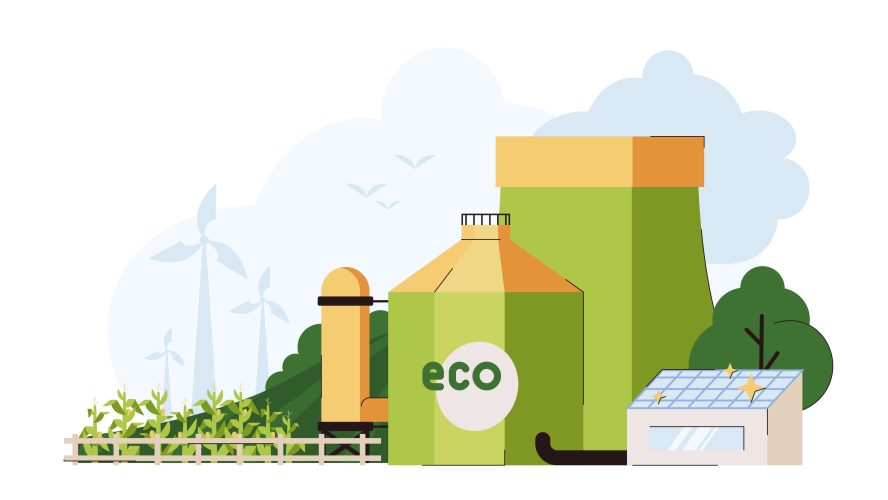As industries advance through automation and precision engineering, manufacturers are beginning to recognize that innovation alone isn’t enough—sustainability must evolve alongside it. With the growing strain on natural resources and increasing global waste, the materials used in manufacturing are under greater scrutiny than ever before. Businesses across sectors are seeking ways to reduce their environmental footprint without sacrificing efficiency or quality.
The construction and manufacturing industries account for a significant portion of the world’s material consumption, and current levels are proving unsustainable. To remain competitive and responsible, companies are turning to alternative materials and greener production methods that align with environmental goals. These shifts are no longer theoretical—they’re happening right now in facilities around the world.
Choosing Materials with the Planet in Mind
Sustainability in manufacturing begins with material selection. Each choice—whether for plastics, coatings, or metals—affects the planet’s ecosystems and the carbon footprint of every finished product. For example, in the plastics sector, the transition from petroleum-based plastics to renewable alternatives like bioplastics marks an important step forward.
Traditional petroplastics are derived from non-renewable fossil fuels, contributing heavily to greenhouse gas emissions. Bioplastics, on the other hand, are made partially or entirely from renewable resources such as corn starch, cellulose, or vegetable oils. These materials are more sustainable by design, reducing dependence on crude oil and supporting circular production. While not all bioplastics are biodegradable, many can be recycled, and continued advancements are improving their durability and environmental performance.
Cleaner Coatings and Safer Surfaces
Surface finishing is another area seeing major strides toward sustainability. Coating facilities that once relied on iron phosphate are now shifting to zinc phosphate formulations, particularly within industrial powder coating. Zinc phosphate coatings are free from volatile organic compounds (VOCs), meaning they emit fewer harmful chemicals during production and use. This not only creates a safer work environment but also minimizes environmental pollution.
In addition to being more eco-friendly, these coatings often enhance corrosion resistance and support easier recycling of coated materials. For manufacturers, this represents an opportunity to combine performance with sustainability—proving that greener choices can also deliver technical advantages.
Overcoming the Barriers to Change
Despite the growing availability of sustainable materials, widespread adoption remains gradual. Often, the hesitation stems not from cost, but from mindset. Many manufacturers are accustomed to traditional materials and processes and are wary of potential risks associated with newer, greener options. However, as regulations tighten and consumer expectations evolve, the long-term cost of inaction is becoming harder to ignore.
The shift toward sustainability requires cultural as well as operational change. Leadership must view eco-conscious innovation as a strategic investment—one that can drive future growth, strengthen brand trust, and ensure long-term viability in an increasingly resource-conscious market.
Building a Responsible Future
Sustainability isn’t a trend—it’s the foundation for the next era of manufacturing. By embracing renewable materials, refining production methods, and rethinking resource management, manufacturers can play a vital role in building a cleaner, more resilient future. Those who take action today will not only reduce their environmental impact but also position themselves as leaders in a rapidly transforming global industry.














